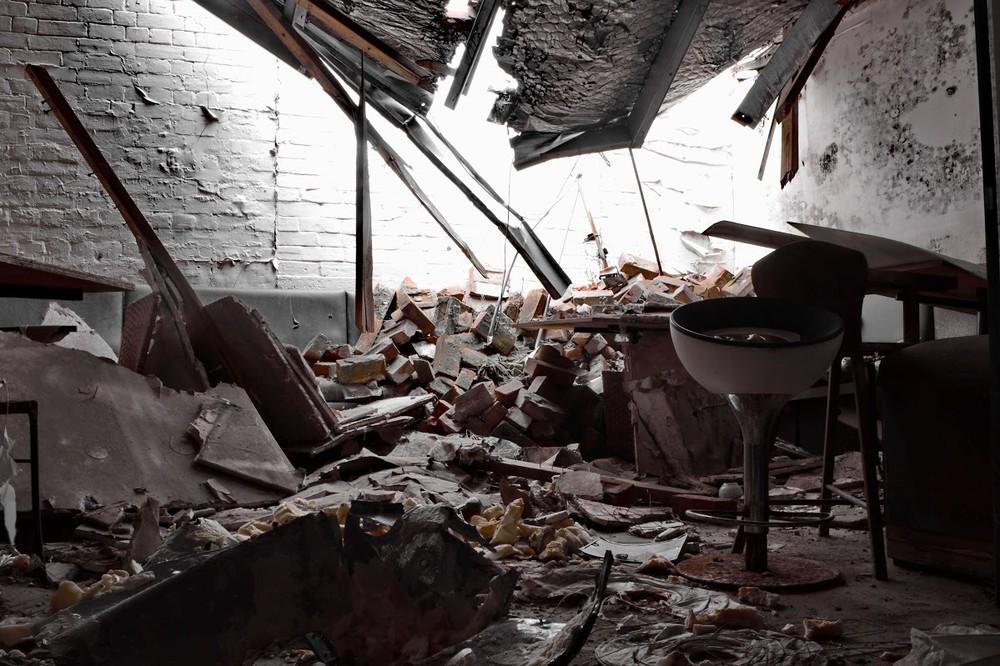
(All images by Nadita Maria.)
After the 2011 Christchurch earthquake killed 185 people and destroyed most of the central city, the heart of Christchurch was completely shut down. For 859 days it was “red zoned,” meaning nobody was allowed in including the media.
Videos by VICE
“The public missed out. It was undemocratic and wrong,” Iain McGregor, award-winning photographer for Christchurch newspaper The Press, told VICE. “After 150 years of [The Press] documenting the city, when it came to the crunch, only the cops were allowed in.”
The media may have been shut out, but during that time a group of urban explorers, Urbex Central, were sneaking in and documenting the aftermath. They’re still doing it. Five and a half years after the earthquake, the city is still scarred with boarded-up, derelict buildings.
I went along on one of Urbex’s night-time missions to see what the public doesn’t.
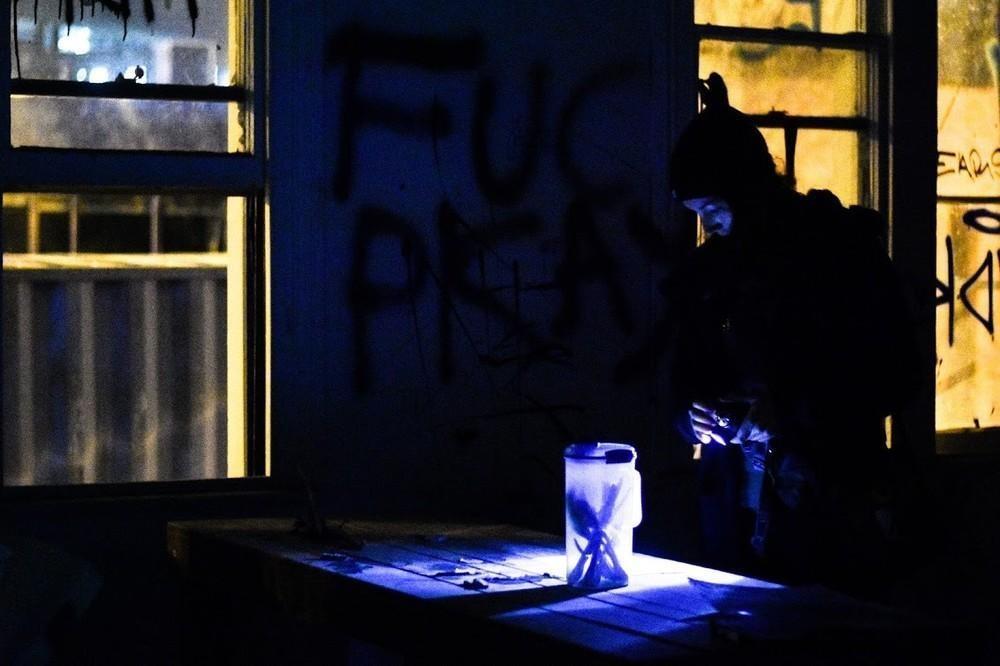
We’ve snuck into the Harley Chambers, a three-storey heritage-listed building that once housed a dentist, barristers, a beautician and apparently the dudes who punt the punts on the Avon River.
It’s easy to get in. We duck across a car park off Worcester Boulevard, squeeze between two buildings, climb some rickety steps and jump through an open window into a spooky hallway. The walls are covered in pentagrams, Swastikas and Satanic prophesies. Glass crunches underfoot.

Adrenalin soon gives way to curiosity. Still, I hope like hell we don’t disturb anyone.
“We disturbed a couple of kids fucking last time we were in here. They were like 14,” says Ninja* breaking the tension. Muffled laughs fill the space. The air is stale, thick with dust.
The quake-damage isn’t all that obvious. Vandalism is; smashed doors and furniture everywhere. Dog shit. Empty bottles and discarded spray cans. Human shit.
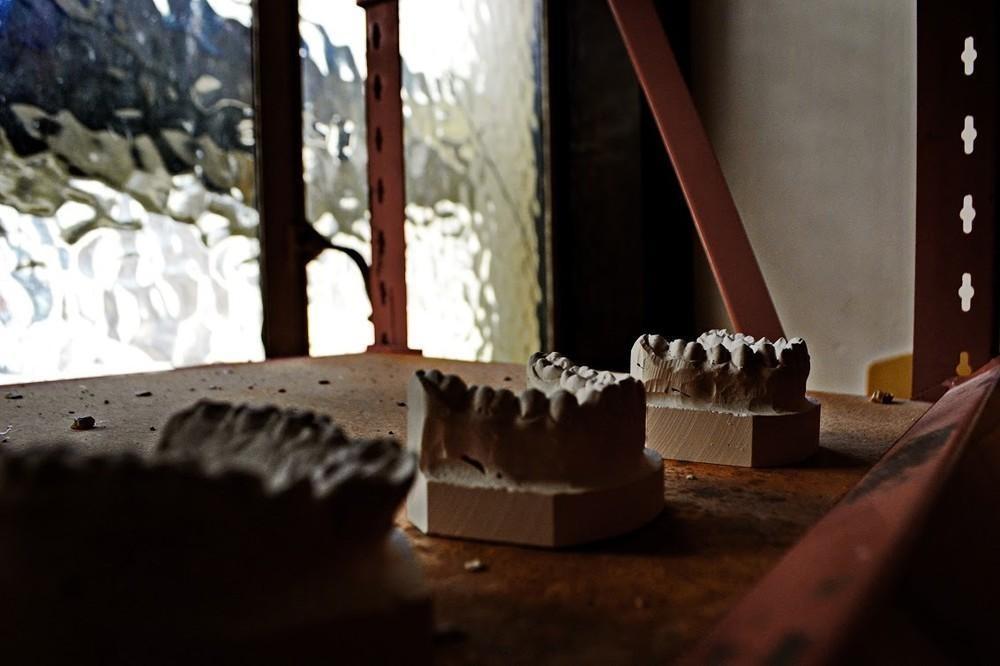
Three left-behind dentist chairs give the place a look and feel of a torture chamber. A small room has stacks of dental moulds in boxes with names written on them. Magazines litter the floor. Brooke Fraser and Lucy Lawless are on the first two covers to catch my eye, dating them to some pre-quake waiting room.
Legal documents are everywhere, containing details of criminal charges, full names, addresses and phone numbers. Thousands of abandoned court files, some stacked neatly, others scattered on the floor of several rooms.The people working in this building left in a real hurry. Candles, clothing and make-shift beds suggest squatters have moved in.
Ninja feels like she’s doing a public service, but concedes the excitement is part of the appeal of urban exploring.
“It’s like being in a video game, like you’re a character in this surreal environment.”
McGregor’s view on Urbex is that at least someone is documenting the city. “The public has a right to know what’s going on in their city.”
* Ninja is not her real name, obviously, although that would be cool.
Daniel is digital media lecturer at the New Zealand Broadcasting School. Follow him on Twitter.
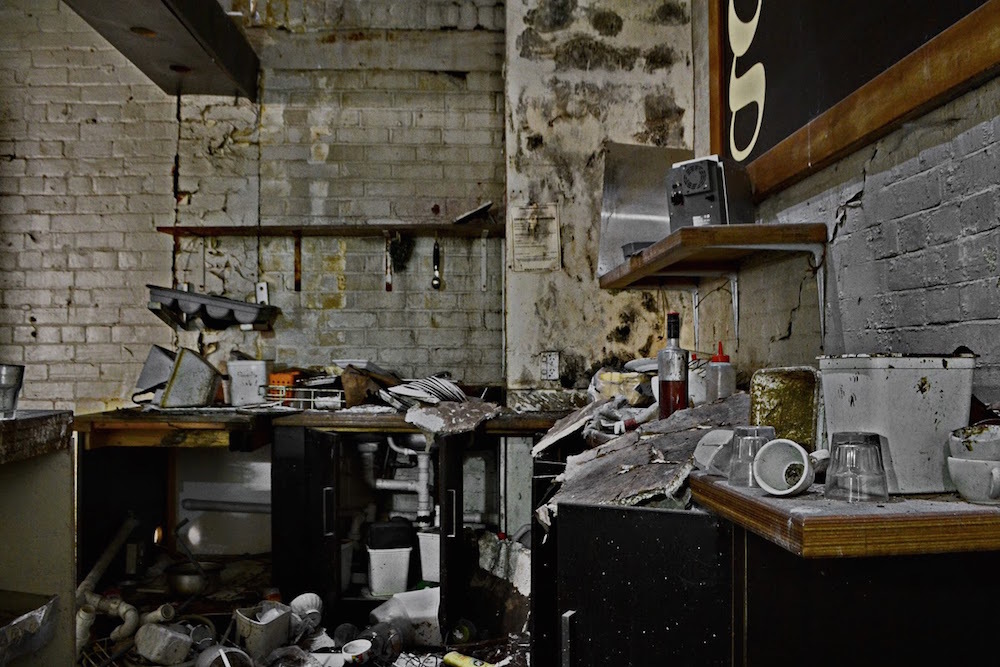
Squatters are the only ones making use of this downtown building.
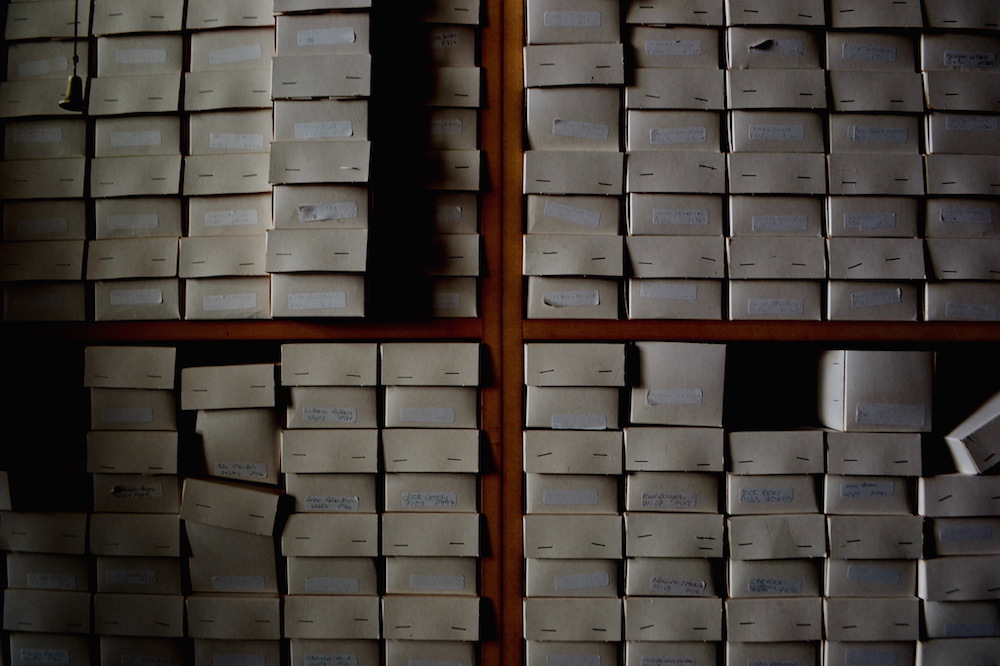
Boxes of dental moulds haven’t been touched since the quake.
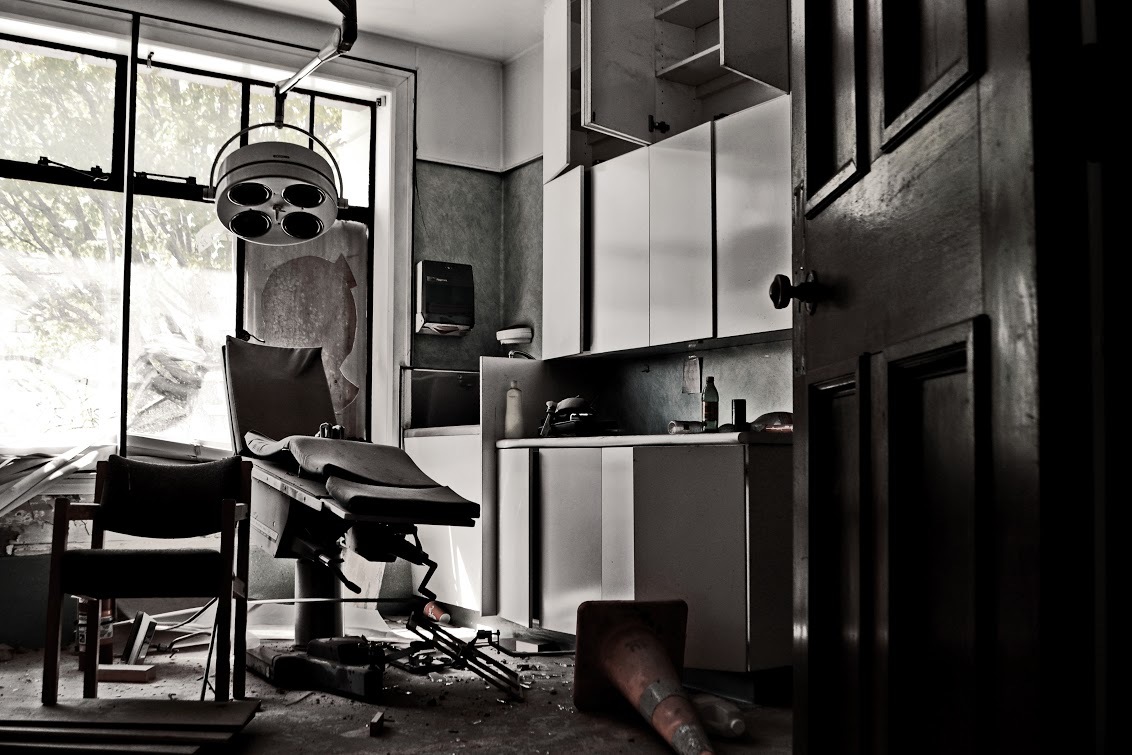
The left-behind dentist chairs make the abandoned space feel like a torture chamber.
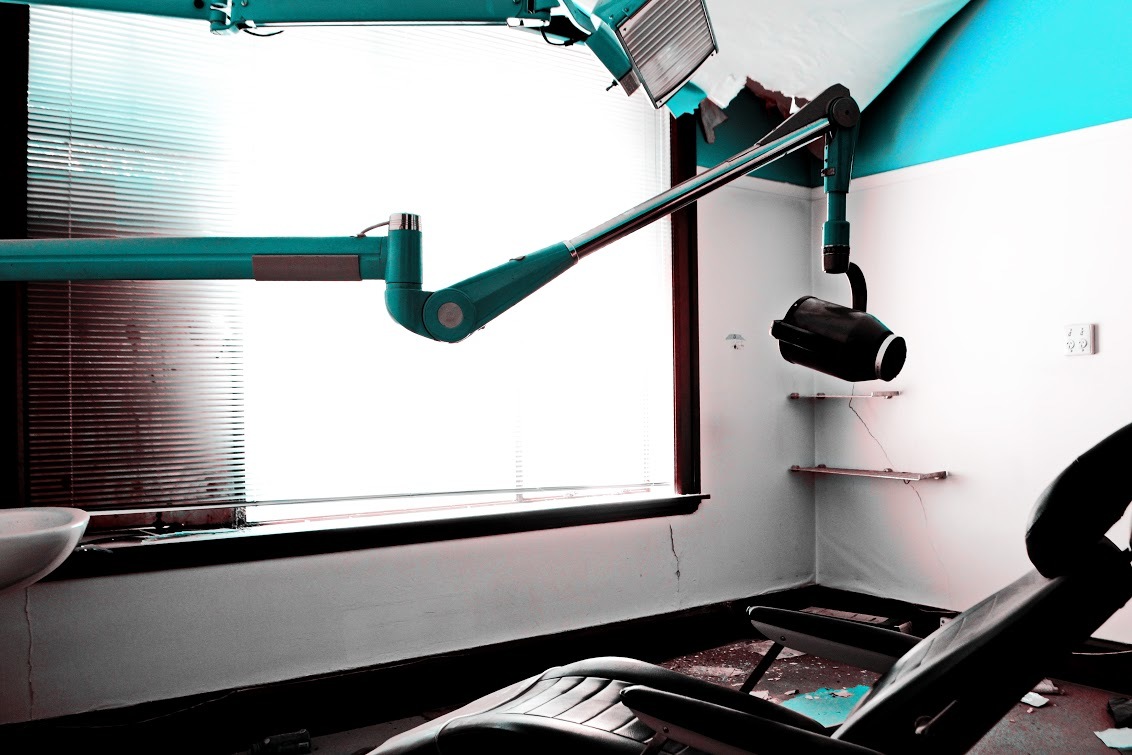
Five weeks after the quake, the dentist was let back in for only one hour to retrieve possessions.
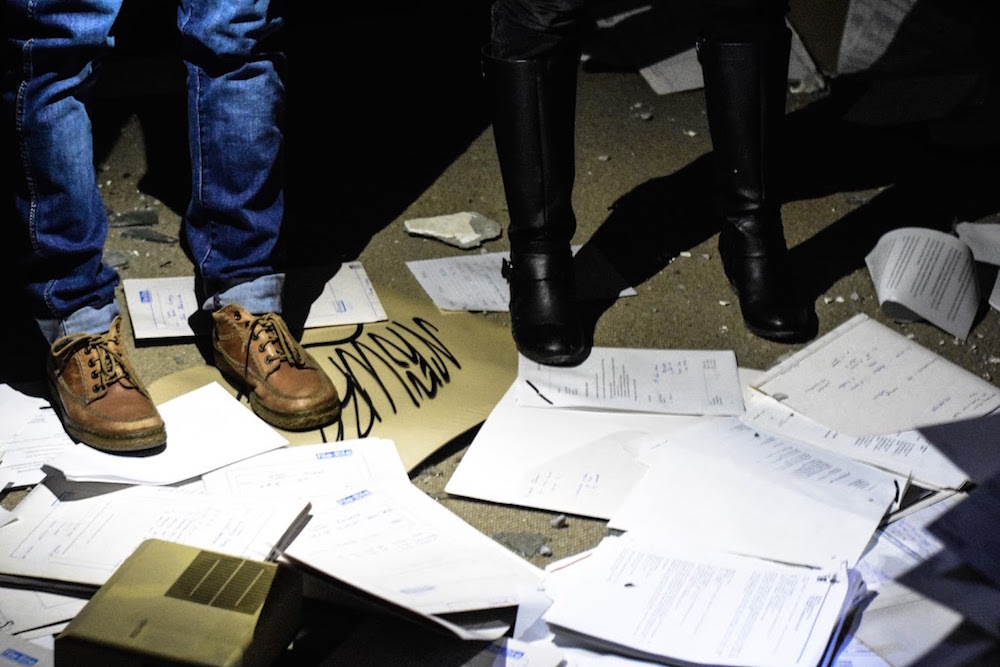
In the legal office, thousands of sensitive files lie scattered around.
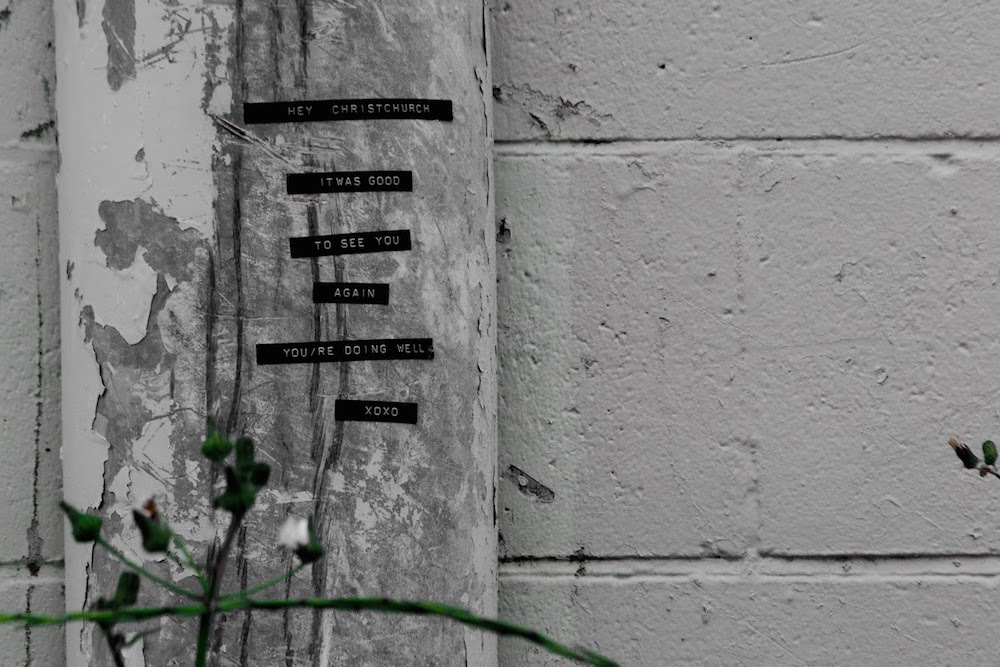
A little found love note.
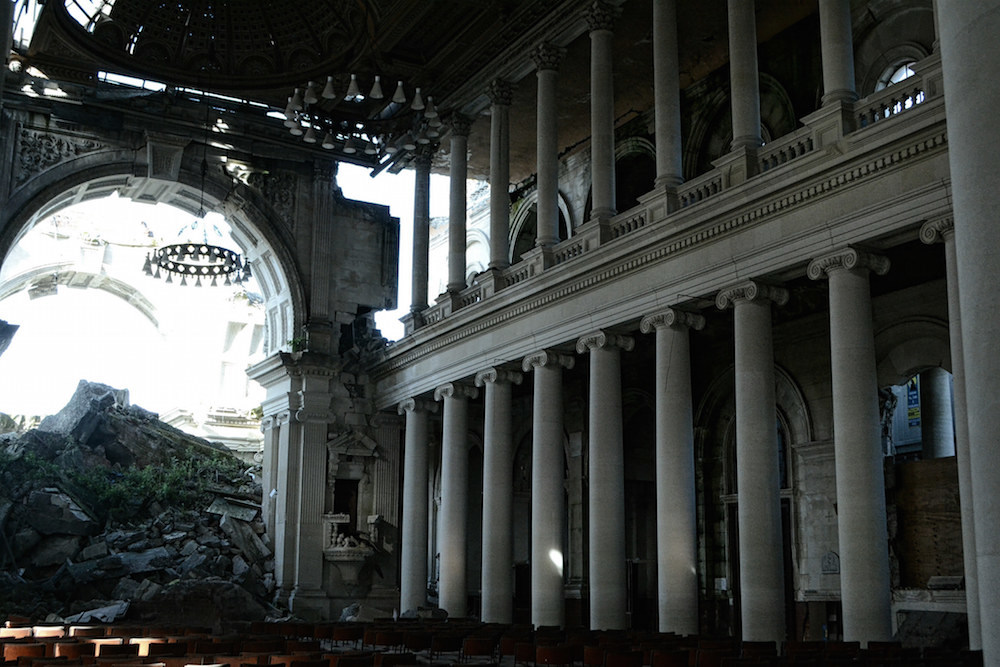
Images inside the Cathedral of the Blessed Sacrament wouldn’t be seen if it wasn’t for Urbex. (These were taken on a previous mission.)
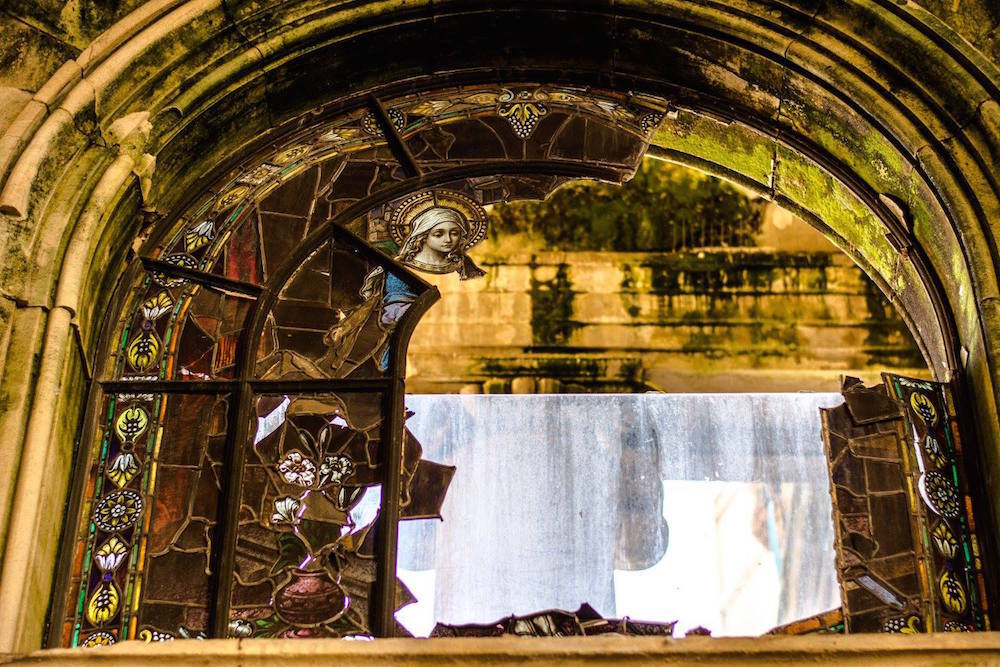
Shattered stained glass at the Cathedral of the Blessed Sacrament.
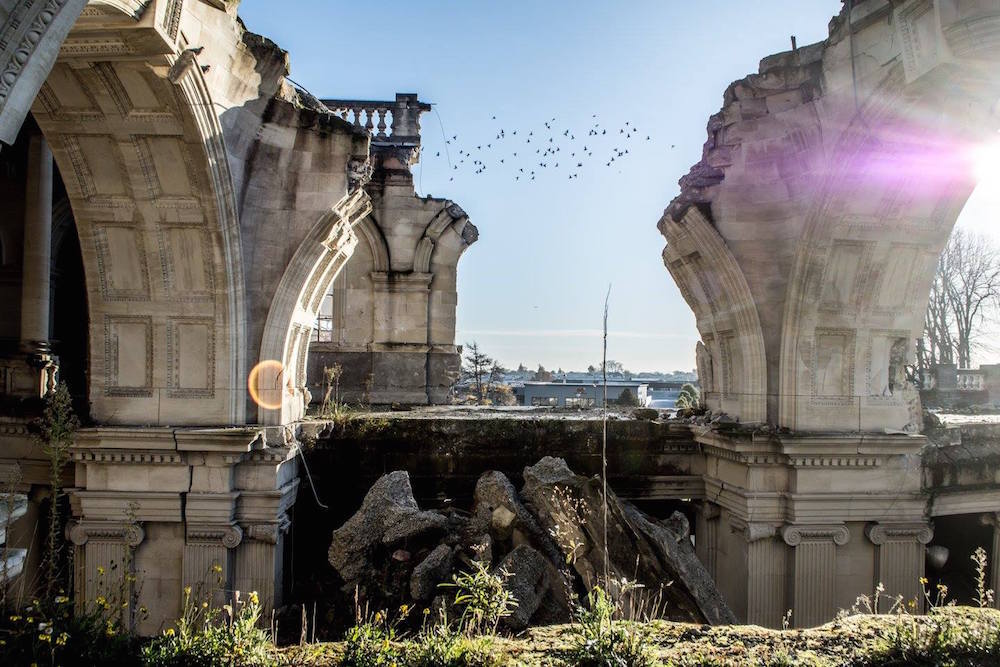
The Cathedral of the Blessed Sacrament, which was drastically damaged, will be only partially rebuilt.



